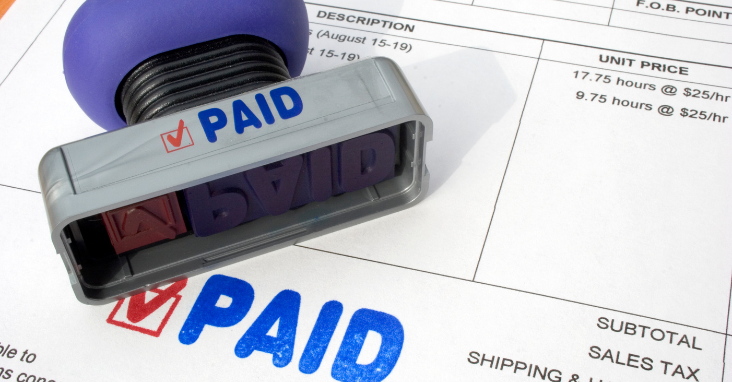Hey there, savvy reader! So, you’ve landed on this page, possibly searching for insights into the intricacies of the business world, and today’s topic of discussion is the often mentioned but seldom deeply understood “sales invoice.” Whether you’re a budding entrepreneur, an established business owner, or simply a curious mind, there’s always a little more to uncover about this foundational accounting document. And honestly, it’s about time someone took the reins to demystify it.
You know, in our day-to-day lives, we engage in numerous transactions without giving much thought to the paperwork that tags along. Think about that morning coffee you grabbed from the café around the corner. After taking your sip, you’re handed a receipt, which you probably stuff in your pocket or purse, right? But let’s shift gears for a second. Imagine you’re now the owner of that café. That simple receipt evolves into something more complex, more detailed—a full sales tax invoice. A sales invoice serves to request payment, whereas a receipt is payment proof of a sold product.
Why the complexity? Well, in the business realm, especially when it comes to Business-to-Business (B2B) transactions, the stakes are higher. The nature of how business sells physical products or services, the volume, and the agreements—all of it changes. So, a mere receipt and invoice date won’t cut it. You need something more comprehensive, and that’s where the sales invoice comes into play.




